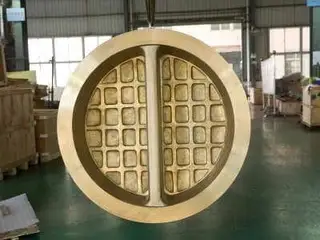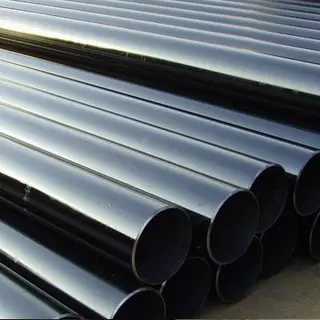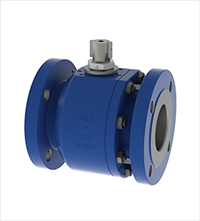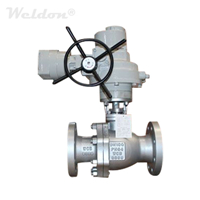The application of 3D printing in the shipbuilding industry (Part four)
Generally speaking, emerging technologies mean that there are still many unknowns. Although it is not known how much 3D printing technology can be used on board, even if only a small number of parts can be printed, it will have an impact on costs of the supply chain. If 3D printing is used on board, it will save a series of costs such as packaging and transportation and it will be more environmentally friendly.
Maersk decided to install a 3D printer on one of its tankers so that the crew could print the parts they needed. Regrettably, this attempt was silently put aside, and Maersk did not update the progress report. There were reports saying that the company may prefer to use 3D printers on shore instead of on board, which would at least shorten the delivery time of spare parts, on the premise of these spare parts being printed.
3D printing used in the field of engine manufacturing
Since 3D printing is now able to adopt metal materials, some of the world's leading large companies have also become interested in this, in order to manufacture more complex and lighter parts with increase production speed and lower cost compared with machining and molding parts.
Of course, the application of new technologies generally needs to go through a stage of development, improvement and adaptation before they will be on track. In the early stage, there will be many problems such as the permission of spare parts suppliers. Maersk's plan is to jointly develop 3D printing technology with the manufacturer, which will not only avoid some legal disputes, but also make the quality of printed spare parts more reliable. MAN Energy Solutions who provides engine parts for Maersk is very interested in this and think it is a very good opportunity.
MAN Energy Solutions said that the rapid production of samples and free design are undoubtedly the biggest advantage of the current 3D printing technology, but for the continuous production of simple parts, this technology is not applicable. At the same time, plastics accounting for a relatively low proportion of engine materials, and the current 3D printing adopting metal materials has relatively slow working speed. Although MAN Energy Solutions had a strong interest in the use of 3D printing adopting metal materials, they also recognized that slow working speed will offset the advantages of this technology. In addition, 3D printers that support metal materials are currently expensive and have higher acquisition costs.
To be continued...
Maersk decided to install a 3D printer on one of its tankers so that the crew could print the parts they needed. Regrettably, this attempt was silently put aside, and Maersk did not update the progress report. There were reports saying that the company may prefer to use 3D printers on shore instead of on board, which would at least shorten the delivery time of spare parts, on the premise of these spare parts being printed.
3D printing used in the field of engine manufacturing
Since 3D printing is now able to adopt metal materials, some of the world's leading large companies have also become interested in this, in order to manufacture more complex and lighter parts with increase production speed and lower cost compared with machining and molding parts.
Of course, the application of new technologies generally needs to go through a stage of development, improvement and adaptation before they will be on track. In the early stage, there will be many problems such as the permission of spare parts suppliers. Maersk's plan is to jointly develop 3D printing technology with the manufacturer, which will not only avoid some legal disputes, but also make the quality of printed spare parts more reliable. MAN Energy Solutions who provides engine parts for Maersk is very interested in this and think it is a very good opportunity.
MAN Energy Solutions said that the rapid production of samples and free design are undoubtedly the biggest advantage of the current 3D printing technology, but for the continuous production of simple parts, this technology is not applicable. At the same time, plastics accounting for a relatively low proportion of engine materials, and the current 3D printing adopting metal materials has relatively slow working speed. Although MAN Energy Solutions had a strong interest in the use of 3D printing adopting metal materials, they also recognized that slow working speed will offset the advantages of this technology. In addition, 3D printers that support metal materials are currently expensive and have higher acquisition costs.
To be continued...
Send your message to this supplier
Related Articles from the Supplier
Related Articles from China Manufacturers
Exploring the Versatility of Slab Gate Valves
- Dec 12, 2023
What Is the Cracking Pressure of Check Valves?
- May 19, 2023
The Sealing Principles of the Valve (Part Two)
- Jan 23, 2021
Related Products Mentioned in the Article
EKS(Xiamen)Precision Industry Co., Ltd
- Address: 中国福建省厦门市集美区灌口镇深青工业园后山头29号
- Phone: 86-0592-6360601
- Business Type: Industry & Trading, Manufacturer,
Supplier Website
Source: http://www.junyingmetal.com/the-application-of-3d-printing-in-the-shipbuilding-industry-part-four.html










